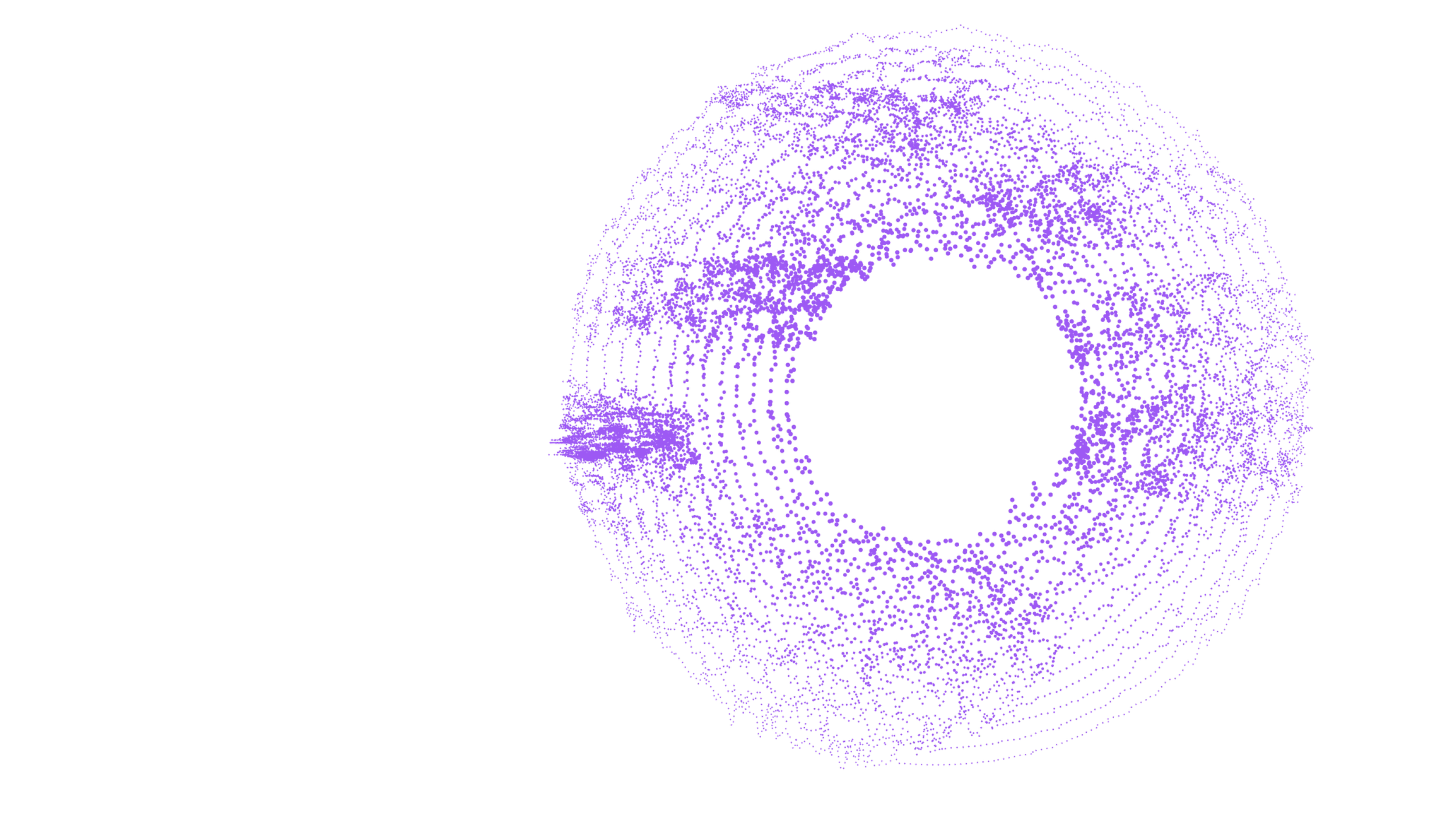
SOLUTIONS
Science
for
Save time and energy, speed discovery
Helping scientists and research institutions speed discovery and collaboration
As a researcher or scientist–either at an academic institution or inside a company–finding, accessing, and sharing data can be time consuming and resource intensive. Locating and harmonising data often requires multiple steps and lots of computing power. The majority of current data publishers don’t provide API access to data. And data useful to many projects and models is often tucked away inside local storage systems.
The Ocean Data Platform provides instant access to multiple data sources–from open-source repositories, to industrial data, to smaller scientific unpublished datasets, to citizen science data collections. The platform eliminates the obstacles of discovery, storage and computing power.

Features
-

Cloud-based data access
-

Unique ocean datasets
-

A place to publish your data
-

Collaborative environment
-

Scalable compute power
Simplify the process of accessing data.
As a researcher, finding and accessing relevant ocean data is a challenge. Data is scattered and located in different web interfaces and on different servers around the world. Once the data is found, it often requires downloading all of the files to a local computer. And there is often not enough information about the data–it is only apparent what the file contains after it is downloaded.
The Ocean Data Platform eliminates the need for file download–all files are accessed in a web-based Jupyter Hub environment, allowing for instant access. Data can be pulled and combined from different sources–including your own– and is analysis ready, so there is no need to spend time on compatibility. This makes the process of finding and using ocean data simple and efficient.

Find and access rare and hidden data.
As the open science concept develops, a lot more data and observations are becoming available as open source. However there are a lot more data captured than are shared openly, making vast quantities of useful data hidden and inaccessible. Researchers often have data stored on personal hard drives. Industrial data has sensitivity that requires security. And lots of data doesn’t have a place to be published due to due to large volumes or cumbersome formats.
HUB Ocean works with data providers to offer them a secure place to publish their data on the platform and make it available for the common good. This means users have access to unique data that cannot be found anywhere else, such as unprocessed raw files, data fit for purpose and private data, from various geographies and providers around the world.
Make your work seen–and used.
Research projects collect enormous amounts to data and what gets published and visible is often a small fraction that conforms to certain peer-reviewed publications. The remaining data often sits hidden away on hard drives. And it can be hard to know where to put large amounts of data at the end of a project or research campaign. Some places require the publishing of all data but there are few places which will accept and harmonise it. The end result: so much hidden, unpublished and unused data.
The Ocean Data Platform welcomes large data sets, in many types, and provides the structure to publish and share data.

Also listen on: Apple Podcasts, Google Podcasts, Spotify
Building a FAIR geospatial data platform
Hear our senior data scientist explain the details of the Ocean Data Platform.
Speed your work.
Today the majority of work is processed on personal computers and working with big data jobs at scale is done through scheduling time with a supercomputer, a process that can take months of planning. Scalable jobs need to be done quickly or progress can be halted.
The Ocean Data Platform provides scalable cloud computing in combination with cloud-based access to data, allowing for instant extension of compute power–up to 8 VCPU, 28 GB RAM, equivalent to a super computer. It allows for big data analysis needed to run oceanographic models.

Science Spotlight
Sebastian Menze of IMR Norway has used krill data shared by Aker Biomarine to further his work in krill population analysis.

Collaborate easier.
Today when scientists analyse and visualise data, they are likely to do it on their personal computers. Collaborating on work can be cumbersome as typical file sharing platforms aren’t designed for simultaneous data analysis.
The Ocean Data Platform’s workspace tool is a cloud-based collaborative environment, allowing scientists remote access to data analysis and visualisation tools, as well as shared files.
In the future users will be able to publish not just their data, but also their analysis and invite others to contribute and verify.






















